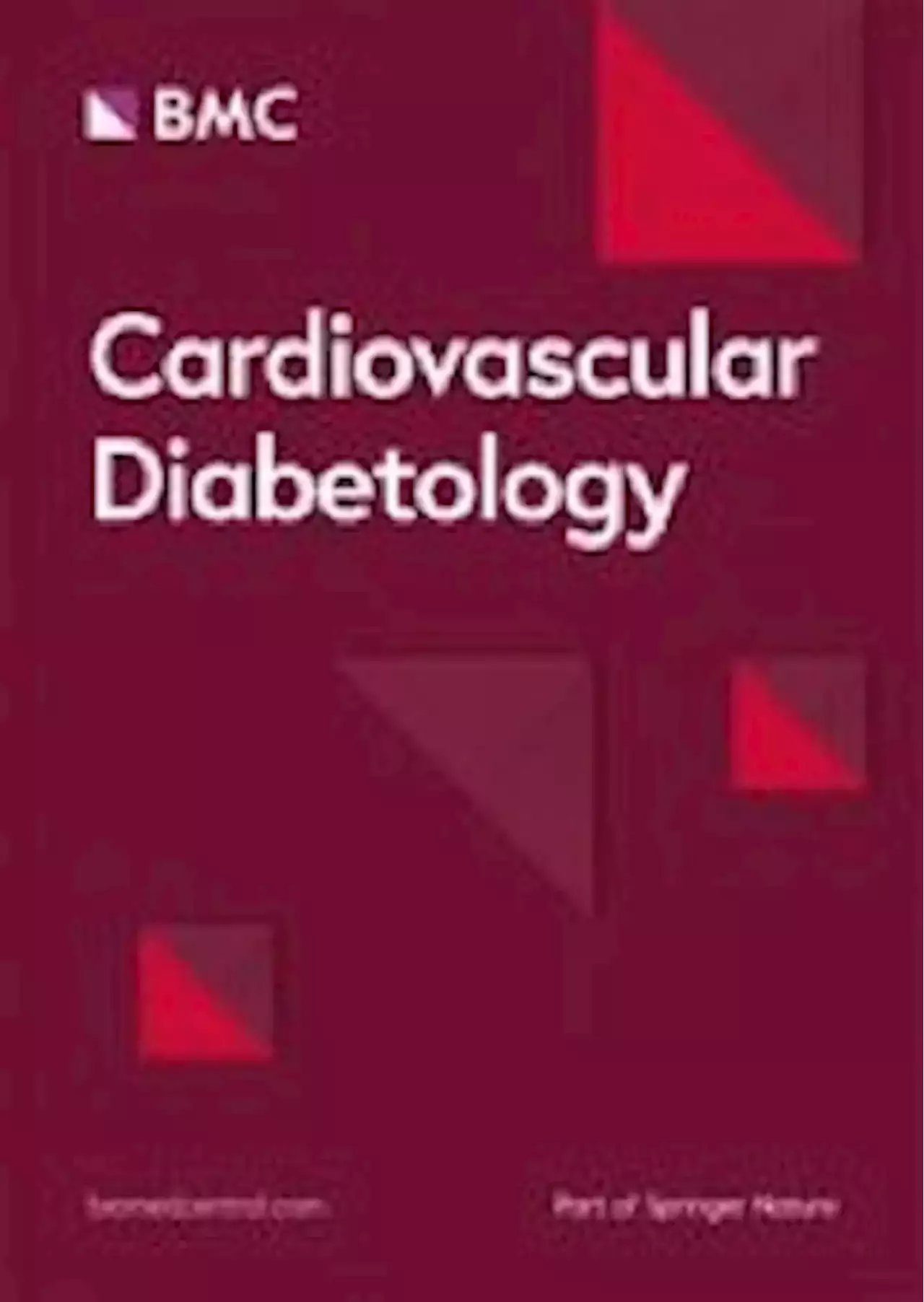Microclots from patients with LongCovid show the presence of pro-inflammatory molecules that may contribute to a failed fibrinolytic system, according to a study published in Cardiovascular Diabetology.
] Healthy participants, patients or their attending physicians completed a questionnaire, either as part of the long COVID registry or when they visited their attending clinician. The questionnaire contained information regarding their age, gender, pre-existing comorbid conditions, chronic medication, information regarding the onset, diagnosis, and severity of their acute COVID-19 illness, self-reported long COVID symptoms, as well as their COVID-19 vaccination history .
The samples were then standardised to the lowest protein concentration and 50 µg total protein removed for digestion . For the first trypsin digestion step, 50 µg of protein per sample was placed in a tube and 25 µL ammonium bicarbonate and 1 µg of trypsin was added to a final volume of 50 µL. The samples were incubated over night at 37 °C.for 10 min . Next, 42 µL of supernatant were removed carefully to not do not disturb the microclots at bottom of tube.
United States Latest News, United States Headlines
Similar News:You can also read news stories similar to this one that we have collected from other news sources.
Pulmonary Dysfunction after Pediatric COVID-19Background Long COVID occurs in lower frequency in children and adolescents than in adults. Morphologic and free-breathing phase-resolved functional low-field MRI may identify persistent pulmonary manifestations after SARS-CoV-2 infection. Purpose To characterize both morphologic and functional changes of lung parenchyma on low-field MRI in children and adolescents with post COVID-19 compared with healthy controls. Materials and Methods Between August and December 2021, a cross-sectional, prospective clinical trial using low-field MRI was performed in children and adolescents from a single academic medical center. The primary outcome was the frequency of morphologic changes on MRI. Secondary outcomes included MRI-derived functional proton ventilation and perfusion parameters. Clinical symptoms, the duration from positive RT-PCR test and serological parameters were compared with imaging results. Nonparametric tests for pairwise and corrected tests for groupwise comparisons were applied to assess differences in healthy controls, recovered participants and with long COVID. Results A total of 54 participants post COVID-19 infection (mean age, 11 years ±3 [SD], 56 males) and 9 healthy controls (mean age, 10 years ±3 [SD], 70 males) were included: 29 (54%) in the COVID-19 group had recovered from infection and 25 (46%) were classified as having long COVID on the day of enrollment. Morphologic abnormality was identified in one recovered participant. Both ventilated and perfused lung parenchyma (V/Q match) was reduced from 81±6.1% in healthy controls to 62±19% (P=.006) in the recovered group and 60±20% (P=.003) in the long COVID group. V/Q match was lower in post COVID patients with infection less than 180 days (63±20%, P=.03), 180 to 360 days (63±18%, P=0.03) and 360 days ago (41±12%, P|.001) as compared with the never-infected healthy controls (81±6.1%). Conclusion Low-field MRI showed persistent pulmonary dysfunction in both children and adolescents recovered from COVID-
Read more »
 No adverse affect on sperm quality 6 to 14 months post BNT162b2 COVID vaccineA study published in the journal Gamete Biology demonstrates that the mRNA-based coronavirus disease 2019 (COVID-19) vaccine developed by Pfizer/BioNTech is not detrimental to sperm health over a long period post-vaccination.
No adverse affect on sperm quality 6 to 14 months post BNT162b2 COVID vaccineA study published in the journal Gamete Biology demonstrates that the mRNA-based coronavirus disease 2019 (COVID-19) vaccine developed by Pfizer/BioNTech is not detrimental to sperm health over a long period post-vaccination.
Read more »
 Danish queen tests positive for Covid day after Queen Elizabeth II's funeralQueen Margrethe II attended Queen Elizabeth's funeral and is now Europe's longest-serving head of state.
Danish queen tests positive for Covid day after Queen Elizabeth II's funeralQueen Margrethe II attended Queen Elizabeth's funeral and is now Europe's longest-serving head of state.
Read more »
